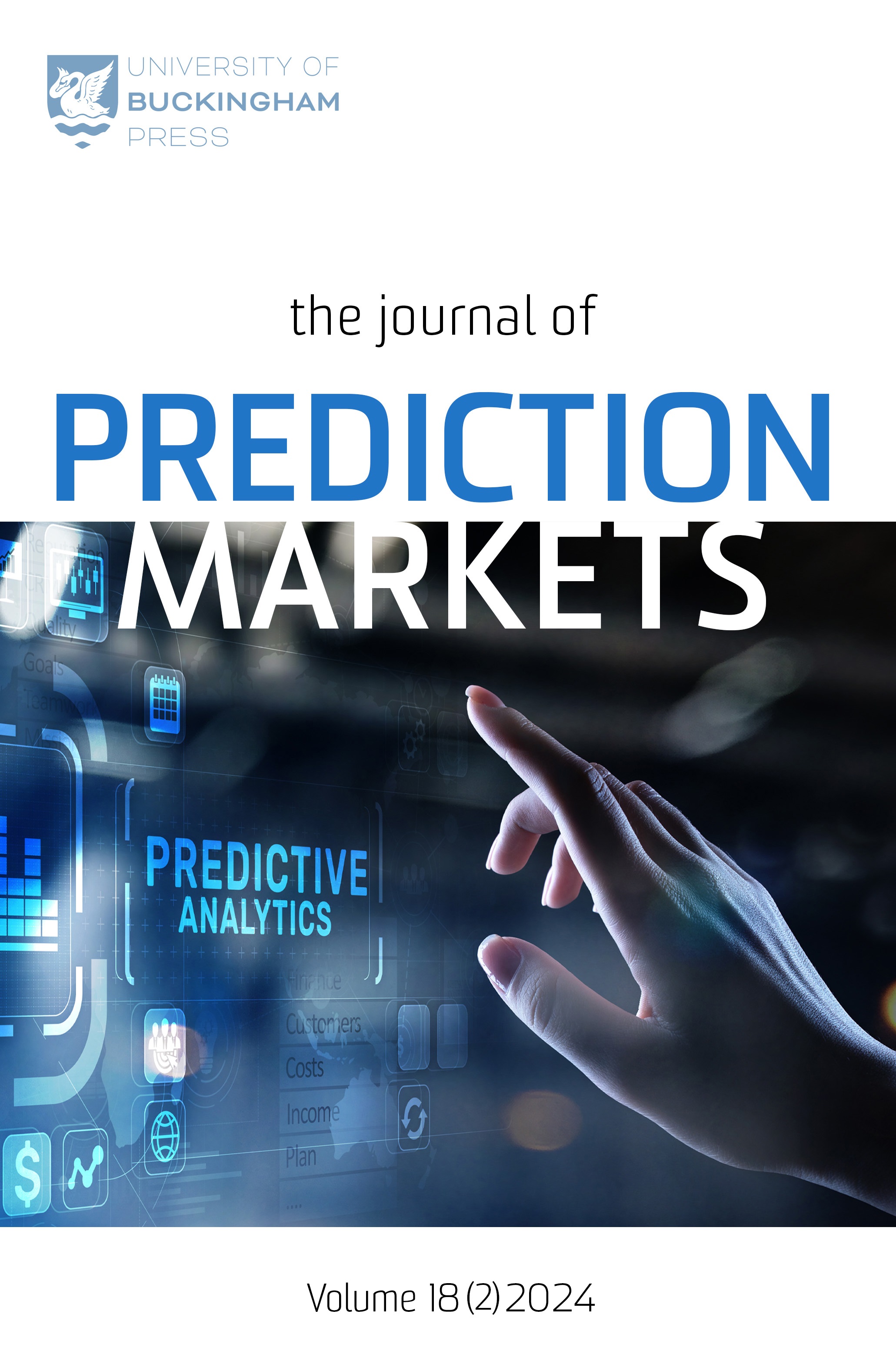Behavioral Finance Approach to the Time-Varying Return-Volatility Relation: Global Evidence
Main Article Content
Abstract
This study investigates the asymmetric return-volatility relation for 21 major global market indices for the period 1998–2018, employing quantile regression methodology. The results show that the transmission of good news shocks and bad news shocks has contrasting implications for the tails of the return-volatility relation. During the periods of falling prices, the sentiment-driven noise traders increase the volatility levels. In contrast, during the periods of rising prices, the contrarian actions by the more informed traders reduce the volatility levels. Overall, the results support the affect, representativeness, and extrapolation bias heuristic theories of investor behavior.
Article Details
Issue
Section
Articles

